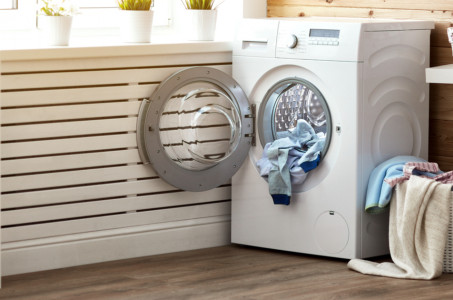A long-term renter just moved out of one of your apartments. How do you decide what is “normal wear and tear” and what is “damage?”
Every renter is anxious to find out how much, if any, of their security deposit you are going to return to them, so it’s a determination that needs to be made fairly quickly.
Normal wear and tear occurs naturally as your renter lives in the apartment. If you think about it in terms of clothing, it can be more clear as to what is normal wear and tear, and what is damage. Say you have a favorite shirt. When it’s new, it’s in great shape. All of the buttons are there, the collar stands up properly, and there are no holes or stains. If you keep wearing your favorite shirt regularly, and send it through the washer and dryer, eventually as time passes, the shirt will begin to show signs of aging. There might be a small stain or two. The collar might be a bit frayed around the neckline, and maybe the shirt has faded or even shrunk a bit. It’s still your favorite shirt, but now it has “normal wear and tear.”
Then, think about another favorite shirt. This shirt also starts out fresh and new. Time passes and you wear the shirt regularly, and launder it appropriately. But then something happens and your shirt rips. Or at that party you just had, one of your guests spilled a full glass of red wine all down the front of your shirt, and now you can’t get the stain out. This shirt has now sustained “damage.”
Another consideration is whether any damage done was accidental or due to negligence. In the “favorite shirt test,” if you catch your shirt on a nail, and rip or tear it, that is damage, but it is accidental. If the same scenario occurs, and you purposely, or knowingly, make the rip or tear larger than it was originally, or your behavior made it likely that you would rip or tear your shirt, that could be seen as negligence.
When a tenant moves out of one of your rental apartments, use the “favorite shirt test” to help you quickly, and fairly, decide what is normal wear and tear, and what is damage. And whether damage was intentional or accidental. Damage to the apartment is still damage, and the renter needs to be held accountable. But this differentiation can make a difference in the reference you might give the renter for a new rental property and landlord. Plus, you can explain your thought process and decision in a commonsense manner to the renter, if necessary.
Written By Melanie Olsen



